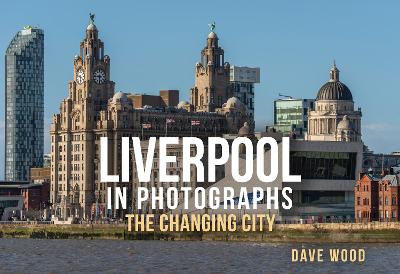In Photographs
1 total work
Liverpool's position on the Mersey estuary, on the north-west coast of England, allowed it to expand rapidly in the eighteenth century with the growth of the country's Atlantic trade to the West Indies and America. By the nineteenth century Liverpool was one of the largest and richest cities in the country, and the wealth of the city at that time can be seen in the architectural legacy of Liverpool. As a port city, Liverpool attracted immigrants from across the world, and this diversity is also reflected in the fabric of the city. Liverpool's fortunes have changed over the last 100 years. Heavily bombed during the Second World War and experiencing industrial decline post-war, the city has been regenerated in recent decades, becoming European City of Culture and having areas granted World Heritage Sites. It is now a leading economic and cultural centre, with new developments alongside its architectural legacy transforming the modern city of today.
In this book photographer Dave Wood celebrates the new face of Liverpool in a collection of stunning images that portray not just the new buildings that characterise modern Liverpool, but also how the older Liverpool also survives alongside them, often turned into new uses. For all those who are proud to live and work in Liverpool, as well as those visiting, this book is a must. Look through these photographs and you will quickly see the special fascination of this changing city.
In this book photographer Dave Wood celebrates the new face of Liverpool in a collection of stunning images that portray not just the new buildings that characterise modern Liverpool, but also how the older Liverpool also survives alongside them, often turned into new uses. For all those who are proud to live and work in Liverpool, as well as those visiting, this book is a must. Look through these photographs and you will quickly see the special fascination of this changing city.
